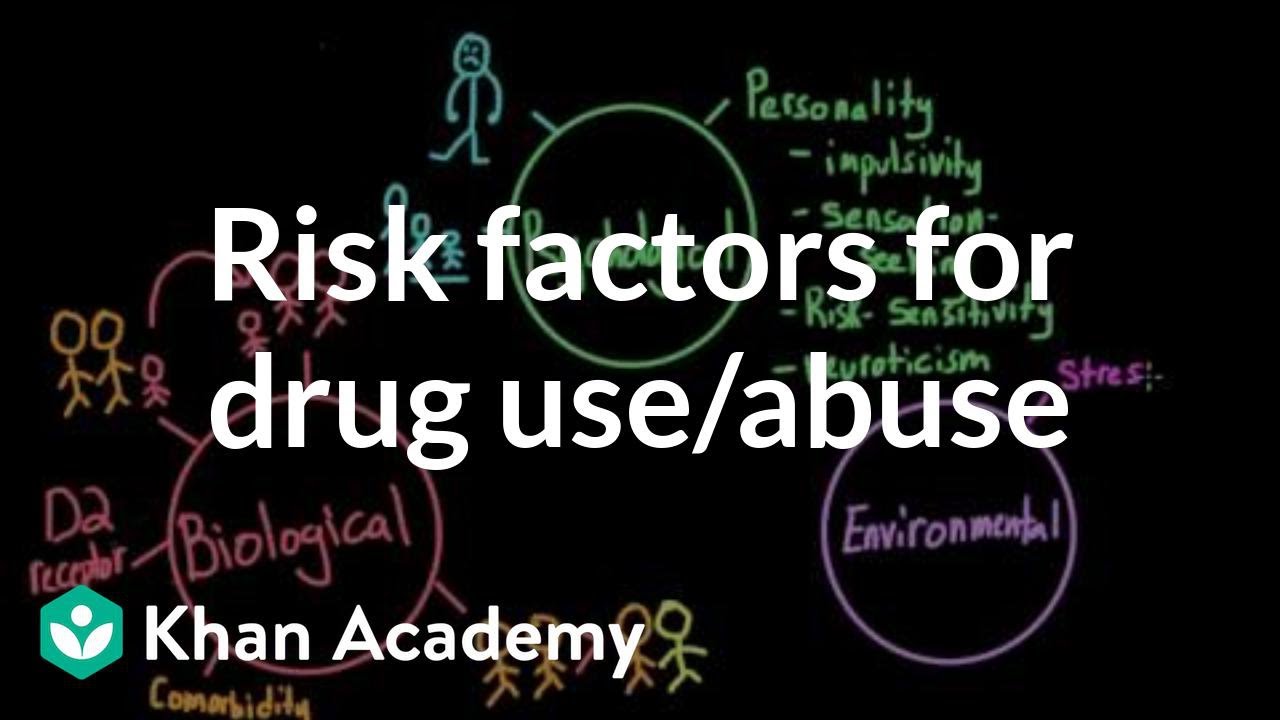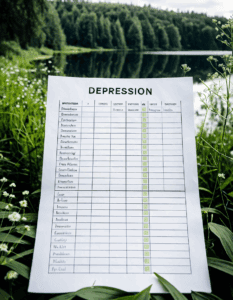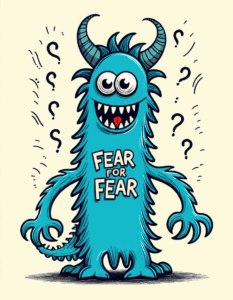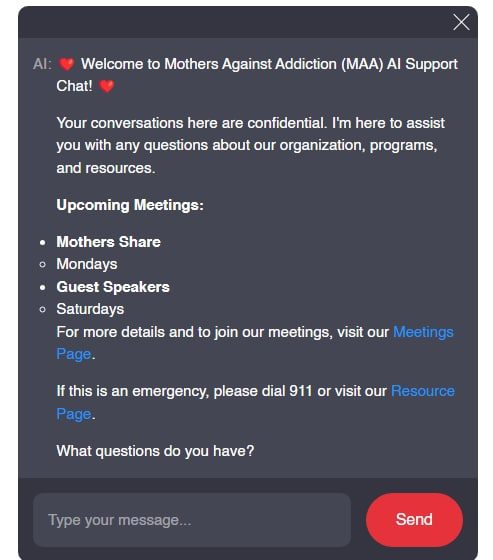Risk Factors for Addiction: A Deep Dive into Youth Substance Abuse
Understanding the myriad of risk factors for addiction is crucial in addressing the pervasive issue of youth substance abuse. By examining both psychosocial and environmental elements, we can develop more targeted strategies for intervention. This meticulous approach helps not just in prevention but in creating a supportive ecosystem for those affected by addiction.
Genetic Predispositions and Family History
Numerous studies have established that genetic predispositions significantly influence an individual’s susceptibility to addiction. Families with a history of addiction, such as the Sheff family chronicled in David Sheff’s “Beautiful Boy,” illustrate how genetics can affect children’s likelihood of developing substance abuse disorders. However, this doesn’t mean addiction is inevitable for those with genetic markers. Understanding and identifying these genetic predispositions enable families to be more proactive in seeking early interventions.
Unique Insight: Recent genetic research, like that conducted by the National Institute on Drug Abuse (NIDA), has identified alleles associated with increased vulnerability to addiction. This makes genetic testing and counseling pivotal steps for families with a history of substance abuse.
| Category | Risk Factor | Description |
| Behavioral | Early Aggressive Behavior | Children displaying early aggression are more likely to develop substance use disorders. |
| High-Risk Behaviors | Includes behaviors like violence, risky sexual practices, and eating disorders that elevate addiction risk. | |
| Family/Caregiver | Lack of Parental Supervision | Poor parental monitoring is strongly associated with higher substance use among youth. |
| Child Abuse or Neglect | Experiences of abuse or neglect significantly increase the risk of future addiction. | |
| Parental Guidance | Inconsistent or poor parental guidance can lead to higher addiction rates in children. | |
| Social/Peer | Peer Substance Use | Friends or peers who use substances can heavily influence a child’s likelihood to use and abuse drugs. |
| Peer Pressure | Social pressure from peers encourages drug experimentation and potential addiction. | |
| Peer Rejection | Rejection by peers can lead to drug use as a coping mechanism. | |
| Environmental | Drug Availability | Easy access to drugs increases the likelihood of their use and subsequent addiction. |
| Poverty | Socioeconomic stressors can prompt substance use as a coping strategy. | |
| Educational | Academic Problems | Struggles in school can predispose youth to drug use as a form of escapism or due to low self-esteem. |
| Mental Health | Undiagnosed Mental Health Problems | Conditions like depression, ADHD, or anxiety, if untreated, may lead individuals to self-medicate with drugs. |
| Traumatic Experiences | Physical and Sexual Abuse | Victims of abuse are at an elevated risk for developing substance use disorders. |
| Early Exposure | Early Exposure to Drugs | Initial drug use at a young age increases the likelihood of developing an addiction later in life. |
| Psychosocial Stress | Stress | Chronic stress can lead to substance use as a maladaptive coping mechanism. |
Peer Influence and Social Circles
Adolescents are particularly vulnerable to peer pressure, making social factors a critical risk factor. The influence of peer groups, reinforced by platforms like TikTok, shows how peer endorsements of drug use can normalize and escalate risky behaviors.
Original Analysis: Consider how social media algorithms may promote content glamorizing drug use. Engage in conversations with youth influencers and social media experts who advocate against substance abuse, identifying how influencers can mitigate these effects. Articles like Kissed cat provide insight into such dynamics.
Mental Health and Co-occurring Disorders
There’s a significant link between mental health issues and substance use, often leading to co-occurring disorders. According to the Substance Abuse and Mental Health Services Administration (SAMHSA), individuals with untreated mental health conditions are more susceptible to substance abuse. Celebrities like Demi Lovato have openly shared their struggles with both addiction and bipolar disorder, highlighting the need for integrated treatment approaches.
Deeper Understanding: Programs that successfully integrate mental health and substance abuse treatments, such as those at Recovery Counseling Services, provide models that can be broadly adopted. Stories such as Did bruce willis pass reflect the necessity of addressing mental health comprehensively.
Environmental and Socioeconomic Factors
Socioeconomic status and environmental stability greatly influence youth substance abuse rates. Underprivileged communities, like those depicted in Michael Patrick MacDonald’s “All Souls: A Family Story from Southie,” often face increased drug exposure and limited access to preventive resources.
Unique Perspective: Recent studies funded by organizations such as the Harm Reduction Coalition highlight how community programs provide both immediate relief and long-term benefits in underprivileged neighborhoods.
Early Exposure to Substances
Early exposure to substances such as alcohol and tobacco significantly increases the risk of later addiction. The 2023 Monitoring the Future survey found that teens exposed to alcohol and marijuana before age 15 are exponentially more likely to develop substance abuse disorders.
Insightful Detail: Programs like Colorado’s “Start Smart” focus on educating children about the dangers of early substance use. Evaluations of these initiatives show their effectiveness in preventing youth addiction.
Trauma and Adverse Childhood Experiences (ACEs)
Trauma and adverse childhood experiences are potent risk factors for developing substance use disorders. The ACEs study by Kaiser Permanente and the CDC has been pivotal in linking childhood trauma with a myriad of negative health outcomes, including addiction.
Research-Based Insight: Trauma-informed care practices at institutions like the Betty Ford Center address the root causes of addiction, offering comprehensive support for youth grappling with past traumas.
Societal and Cultural Norms
Cultural attitudes toward substances can significantly influence youth behavior. The normalization of binge drinking in college environments, perpetuated by movies like “Animal House,” fosters harmful drinking practices.
Innovative Analysis: Iceland’s youth drug prevention program, which drastically reduced substance use through community engagement and high parental involvement, offers a blueprint. Analyzing how these strategies can be adapted for varied cultural contexts is essential.
Psychological Vulnerabilities
Personality traits and psychological vulnerabilities, such as impulsivity and sensation-seeking behavior, can also predispose youth to addiction. The American Psychological Association (APA) has highlighted how these traits link to risk-taking behaviors, including substance use.
In-depth Analysis: Interviewing child psychologists specializing in behavioral interventions for at-risk youth can provide insights into therapy approaches that reduce addictive behaviors. Articles like Resilience-building in Children shed light on the importance of such interventions.
Moving Forward: Constructing a Protective Environment
Addressing the risk factors for addiction in youth is a collective effort that involves families, communities, educators, and policymakers. By fostering protective environments, promoting mental health awareness, implementing early intervention programs, and reshaping societal norms, we can mitigate these risks and support youth on a path to health and well-being.
In conclusion, by deepening our understanding of the complex interplay of factors contributing to youth substance abuse, we can unravel the threads of addiction before they become entrenched, creating a healthier future for our children. This comprehensive approach will not just prevent addiction but also heal and strengthen our communities. For more information and support, explore resources like Parenting Tips For addiction prevention and Drug-free Activities For teens provided by MothersAgainstAddiction.org.
Together, we can build a future where our children are empowered to live drug-free, healthy lives.
Risk Factors for Addiction
Understanding what makes some young people more vulnerable to addiction is crucial for prevention and support. Let’s dig into some key risk factors for addiction that are often linked to youth substance abuse.
Genetics and Family Background
Did you know that genetics play a significant role in addiction? It is estimated that 40% to 60% of susceptibility to addiction is attributed to genetics. If addiction runs in the family, the risk for youth increases substantially. Interestingly, this doesn’t mean that children will automatically follow in their parents’ footsteps, but it means they might need to be more cautious. It’s a bit like the Baltimore Zoo offering a habitat suitable for its inhabitants; families need to create environments where risks are mitigated effectively.
Mental Health and Peer Pressure
Let’s face it, adolescence is a tricky period full of pressures. Mental health conditions like depression, anxiety, and ADHD are significant risk factors. This is where understanding concepts like “mitigation” comes into play. Just like companies use risk mitigation strategies to protect their assets, parents and educators should adopt ways to lessen the impact of peer pressure and mental health struggles on youth. Speaking of pressures, a trivia tidbit – did you know that the creators of the Tokyo Revengers Manga, much like parents dealing with teenagers and their risk factors for addiction, carefully consider the challenges their characters face to create engaging and relatable stories?
Accessibility and Early Use
When substances are readily available, the likelihood of youth experimenting increases. Early use of drugs or alcohol is another red flag that can lead to long-term addiction. Think about it; opening a door at an early age makes it harder to close later. Just as responsible zoos manage and monitor the accessibility of habitats to ensure the well-being of animals, communities need to control the availability of substances to young people.
By understanding these risk factors for addiction, we can better shield precious youth from the pitfalls of substance abuse. Parents, educators, and communities must unite to raise awareness and implement strategies that protect the younger generation.

What are some of the risk factors for addiction?
Early aggressive behavior, a lack of parental supervision, academic struggles, undiagnosed mental health issues, peers using substances, drug availability, poverty, peer rejection, and child abuse or neglect can all increase the chances of a young person using and abusing substances.
What are the five clusters of risk factors for addiction?
The five clusters of risk factors for addiction are biological, psychological, social, environmental, and genetic. These clusters encompass a wide range of influences, from brain chemistry and mental health issues to family dynamics and socioeconomic status.
What are high risk behaviors in addiction?
High-risk behaviors in addiction include actions like violent acts, heavy drinking, smoking, engaging in unprotected or risky sex, and developing eating disorders. These behaviors put you at greater risk of diseases, injuries, and a lot of social problems.
What are three types of risk factors?
Three types of risk factors are behavioral, environmental, and genetic. Behavioral factors include personal actions, environmental factors relate to one’s surroundings, and genetic factors involve inherited traits that might contribute to addiction.
What are the 7 risk factors for mental health?
The seven risk factors for mental health include genetics, environment, childhood trauma, stressful life events, an unhealthy lifestyle, chronic medical conditions, and substance abuse. These can pile up and significantly affect one’s mental health.
What predisposes someone to addiction?
Things that can predispose someone to addiction include early exposure to drugs, a family history of addiction, existing mental health issues, chronic stress, and a lack of strong parental guidance. These factors can make someone more susceptible to developing an addiction.
What are the 4 C’s of addiction?
The four C’s of addiction stand for craving, control, compulsion, and consequences. Craving is the intense desire for the substance, control is the inability to limit use, compulsion is the need to perform the addictive behavior, and consequences are the negative impacts experienced but often ignored.
Which of the following is the most important risk factor for addiction?
Peer influence, especially peer pressure, is one of the most important risk factors for addiction. Having friends or close social groups who use drugs can significantly raise the chances someone will start using, too.
What are the 5 components of addiction?
The five components of addiction include the substance itself, the individual using it, the social context around the use, the psychological mechanisms that support the use, and the physical and mental health impacts of the substance abuse.
What is a biological risk factor for addiction?
A biological risk factor for addiction can be genetics. If you’ve got a family history of addiction, you might have inherited traits that make you more prone to becoming addicted.
What are the 6 risk behaviors that cause the most problems today?
The six risk behaviors causing the most issues today are violence, binge drinking, smoking, risky sexual behaviors, poor diet, and lack of exercise. These behaviors can lead to serious health and social problems down the line.
What are risk factors of work addiction?
Risk factors of work addiction may include high job demands, a stressful work environment, a driven or perfectionistic personality, poor work-life balance, and a lack of support or recognition at work. These factors can contribute to someone becoming overly preoccupied with their job.
What are 10 risk factors?
Ten risk factors include early aggressive behavior, lack of parental supervision, academic problems, undiagnosed mental health problems, peer substance use, drug availability, poverty, peer rejection, child abuse or neglect, and high-stress levels.
What are the 7 primary risk factors?
Seven primary risk factors are genetics, early exposure to drugs or alcohol, mental health disorders, a chaotic home environment, poor social skills or problems in school, high levels of stress, and exposure to peer pressure or social norms that favor drug use.
Who is most at risk for substance abuse?
People most at risk for substance abuse often have a combination of risk factors like family history of addiction, mental health disorders, exposure to drug use in their environment, and early use of drugs or alcohol.
What are risk factors of work addiction?
Work addiction risk factors include high job demands, stressful work conditions, perfectionism, imbalance between work and personal life, and insufficient workplace support or recognition. These can push someone towards becoming a workaholic.
What are risk factors in the development of addiction A level psychology?
In the development of addiction, risk factors include genetic predisposition, environmental influences like exposure to drug use, stress levels, and personal characteristics such as a tendency towards thrill-seeking or poor coping mechanisms.
What are three environmental factors that increase the risk of addiction?
Three environmental factors that increase the risk of addiction are exposure to substance use in the community, stress from life’s circumstances or environment, and lack of support or supervision from family.
What are the risks of drug abuse?
The risks of drug abuse encompass a wide range of issues, including physical health problems like liver or heart damage, mental health issues such as depression and anxiety, relationship troubles, financial difficulties, and legal issues that can have long-term consequences.




























